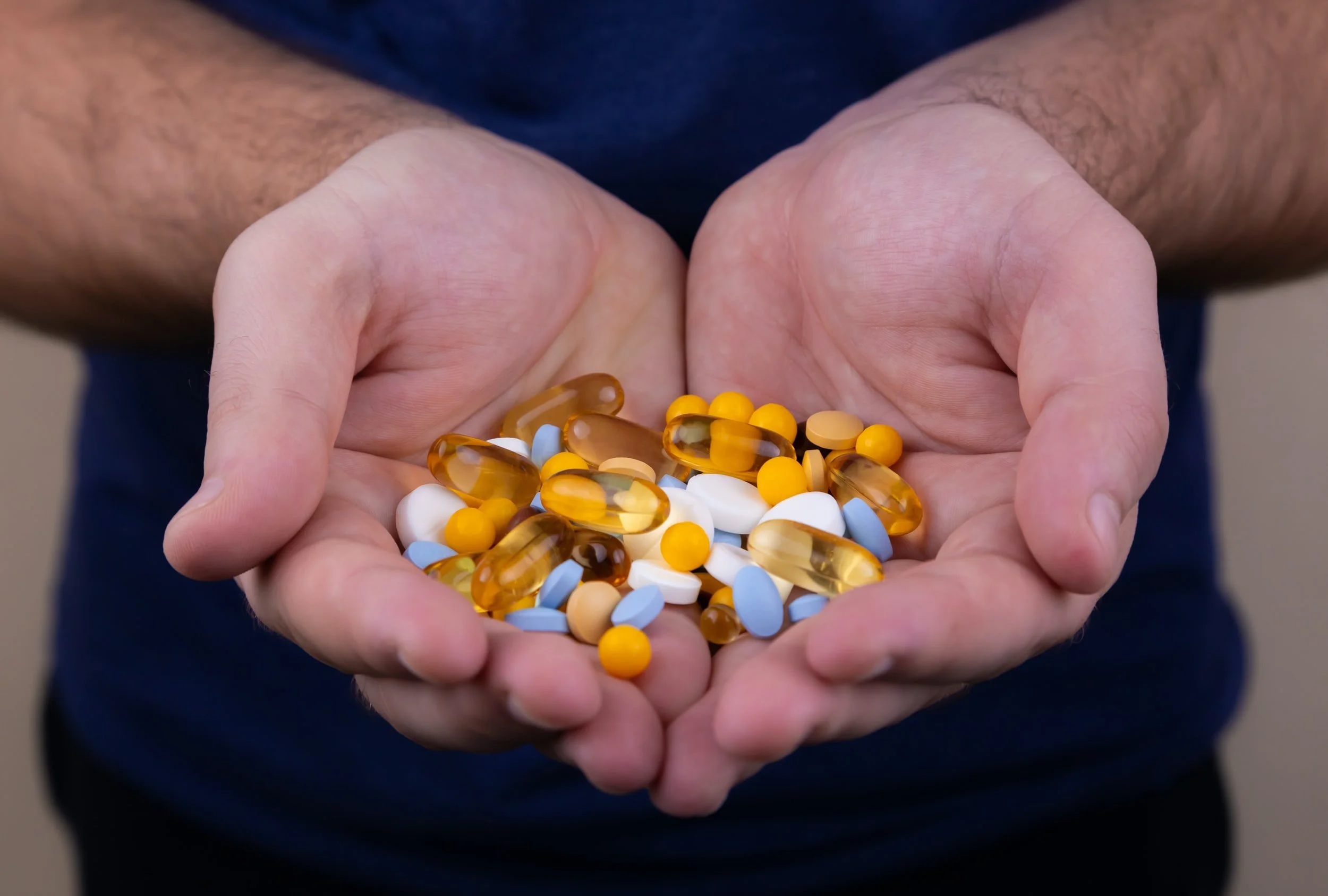DNA Data Storage
“You can store the total world’s information, which is 1.8 zettabytes in 2011, in about 4 grams of DNA.”
In 2012, George Church, Yuan Gao, and Sriram Kosuri published their work “Next Generation Digital Information Storage” in the journal Science. Using DNA's four-letter nucleotide code of A, G, T, and C to encode the 0s and 1s of a digitized file, they were the first to demonstrate that DNA could be used as a storage medium. Fast forward to today, and you’ll see numerous developments in reading and writing different forms of data on DNA to make DNA storage more efficient and cost effective.
In this episode of iGEM TV, I am joined by Gourav Saha, now Head of Resource Development for iGEM Indian League, to discuss advances in DNA storage made by the 2021 iGEM teams.
Gourav and I discussed these projects before the 2021 Jamboree took place, and it is exciting to see how these projects came together and to celebrate the accomplishments of the teams:
storagene
Aachen (Germany) focused on the enzymatic synthesis of ssDNA strands using the terminal deoxynucleotidyl transferase (TdT) in which an unspecific number of nucleotides are incorporated in each synthesis cycle.
Winner Best Hardware, Top 10 for 2021, Nominee Best Foundational Advance, Nominee Best Integrated Human Practices, Nominee Best Software Tool, Nominee Best Model, Nominee Best Presentation, Nominee Best Wiki, Gold Medalist, Overgrad Division.
Gourav’s commentary:
“This is exactly what I think of when I think of interdisciplinary iGEM projects – you cannot get more interdisciplinary than this and this is really good to see. This team addressed the issue of DNA forming into secondary structures. I’m interested in looking at how they tackle that problem.”
Explore this project: Presentation | Website
Lovelace’s Note in Gene
UNESP-Brazil (Brazil) aimed to create a genetic device able to store information in binary code within the cell's DNA so that this information is generated autonomously after the first input.
Bronze Medalist, Overgrad Division.
Gourav’s commentary:
“This team is exploring options that may be more efficient and easier to handle for storing information in binary code. They are also bringing attention to the human issues around the use of silicon for data storage. The harmful effects of the silicon industry is an issue that really needs awareness, and I’m glad to see that coming to iGEM.”
Explore this project: Presentation | Website
DNA-to-Z
Harvard (United States) presented an end-to-end system “DNA-to-Z” composed of an automated portable device and computer program to efficiently convert data into DNA and back.
Gourav’s commentary:
“This is quite innovative and reminds me of something Drew Endy said – we need to make the next iPhone of synbio. We have the iPhone, we don’t know how the iPhone works, but we know how to work with it. The fact that they are making an actual device that can connect to existing interfaces is a huge deal because that makes DNA storage usable by people who don’t necessarily know anything about synthetic biology or DNA”
It was a pleasure talking with Gourav about advances in DNA data storage. I invite you check out my interview with Gourav Saha and other episodes of iGEM TV to discover more stories and adventures of iGEMers as we push the boundaries of synthetic biology to solve the pressing challenges of our time and innovate for the future.







